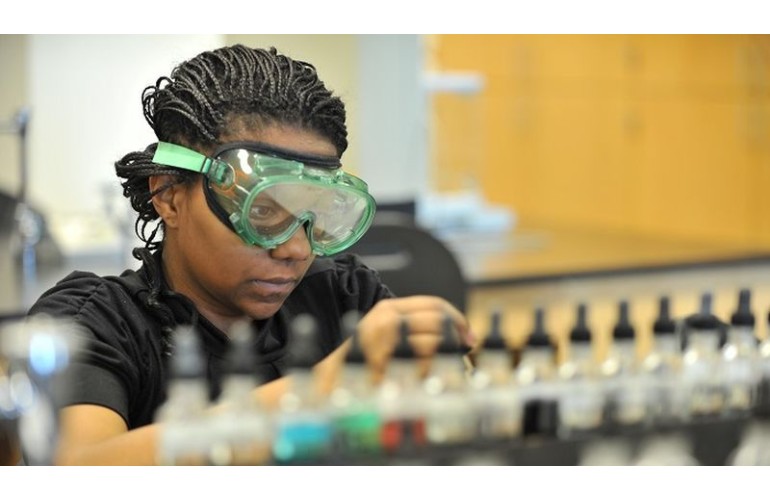 Subscribe
Subscribe- Login
-
/
Sign Up
- US Black Engineer
- >>
- Articles
- >>
- DIVERSITY VOICES
- >>
- Best Practices
- >>
- NSB highlights contributions of skilled technical workers
|
Getting your Trinity Audio player ready...
|
The Skilled Technical Workforce: Crafting America’s Science and Engineering Enterprise report by the National Science Board (NSB) calls attention to the 17 million people who use science and engineering (S&E) skills in their job but do not have a bachelor’s degree.
The new report released by NSB, the policy-making board of the National Science Foundation (NSF), highlights the contributions of skilled workers and urges action to open up opportunities for all Americans to participate in advances in science and technology.
These individuals bring critical thinking, design, digital, math, and coding skills to work as auto mechanics, health care technicians, electricians, welders, computer systems analysts and administrators, and operators of “smart” infrastructure. They also contribute to the nation’s S&E enterprise, accounting for more than 50% of all workers in many of America’s advanced industries.
“For too long this segment of our STEM workforce has been under-appreciated,” said Victor McCrary, who chaired NSB’s Skilled Technical Task Force. “And yet it has and will continue to be essential to America’s economic prosperity, our scientific and technological competitiveness, and our national security. Some projections suggest that by 2022, we will need 3.4 million more skilled technical workers in this country.”
NSB’s report builds on its 2015 “Revisiting the STEM Workforce” report that called for building a strong, STEM-capable workforce. The Skilled Technical Workforce: Crafting America’s Science and Engineering Enterprise report—which complements recent efforts of Congress and the White House—recommends four actions:
1. Change the Message – Counter negative perceptions and raise awareness of skilled technical workforce jobs. There are multiple pathways to career success and it is critical to avoid setting up skilled technical education pathways and jobs as adversarial with four-year educational paths. Community colleges, work-based learning, and four-year institutions are interconnected, mutually reinforcing options for career goals.
2. Focus on the Data – Collect and share data on the education, skills, and workforce characteristics of the skilled technical workforce (STW) to better inform consumers, develop partnerships, and leverage existing investments.
3. Leverage Federal Investments – Leverage the programs and investments of Federal agencies that support skilled technical workforce-related programs—including NSF—through a holistic, coordinated approach.
4. Build Partnerships – Education institutions should work as partners in concert with industry and government at all levels to grow the STEM-capable workforce via programs designed for the needs of their local communities.
“Many know NSF’s mission is to advance the progress of all fields of science and engineering. They may be less familiar with the agency’s mandate to prepare the STEM workforce of the future, including the skilled technical workforce,” said France Córdova, NSF Director. “In addition to our Advanced Technical Education program, which educates S&E technicians through community college support, NSF supports in other ways, such as through education research and our Convergence Accelerator on the Future of Work.”
The NSB held five listening sessions around the country to hear directly from over 200 individuals hailing from 65 locations throughout the U.S. Participants in these listening sessions included faculty and students at community colleges and technical schools, regional and local industry leaders, and local policymakers.
Board members were struck by the human portrait of the challenges with which workers, students, educators, and business owners in the skilled technical workforce (STW) contend as well as with the opportunities to do more.
“K-12 schools, 2-year colleges, 4-year colleges and universities, and other education and workforce development programs are all integral parts of a whole that we need to foster a STEM-capable workforce,” said NSB Chair Diane Souvaine. “We need these educational institutions to work together and with business and industry to create partnerships that are tailored to the needs of local communities.”
“The Trump Administration continues its commitment to draw upon the talents of all Americans in our 21st-century economy, embrace public-private partnerships, and support continued American prosperity and security for generations to come,” said Kelvin K. Droegemeier, director, The White House Office of Science and Technology.


